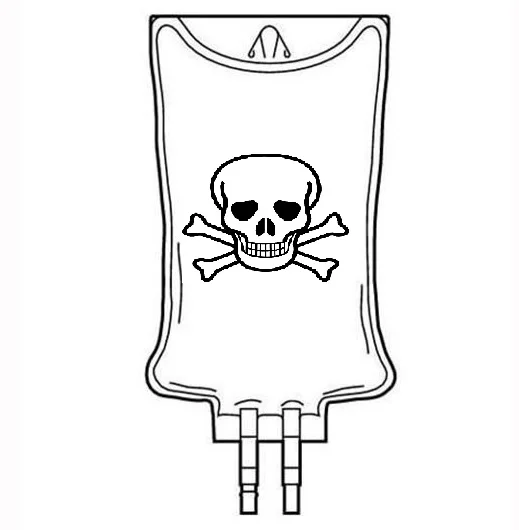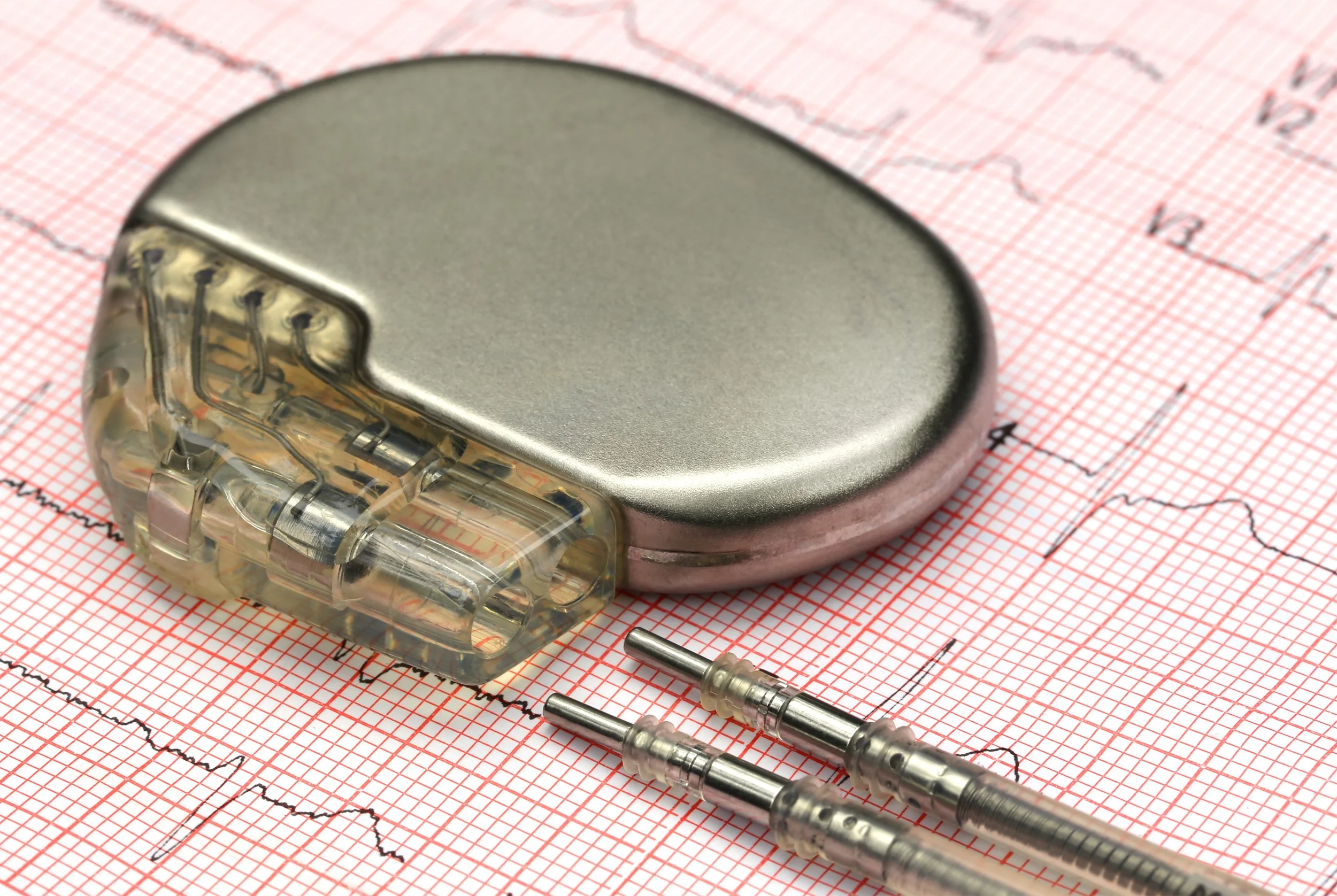Resus of the Hypotensive Patient Part 2 - Why You Should be Using Peripheral Pressors (and not feeling guilty about it)
/For the patients we see that are potential recipients of large volume resuscitation, excessive IV fluids can harm. In part one of this two part series, Dr. Mackenzie discussed how IV fluids can lead to increased renal injury, pulmonary edema, and extra-vascular lung water. So how do we avoid the harms of excessive IV fluids? Plan to start peripheral pressors.
Read More



















